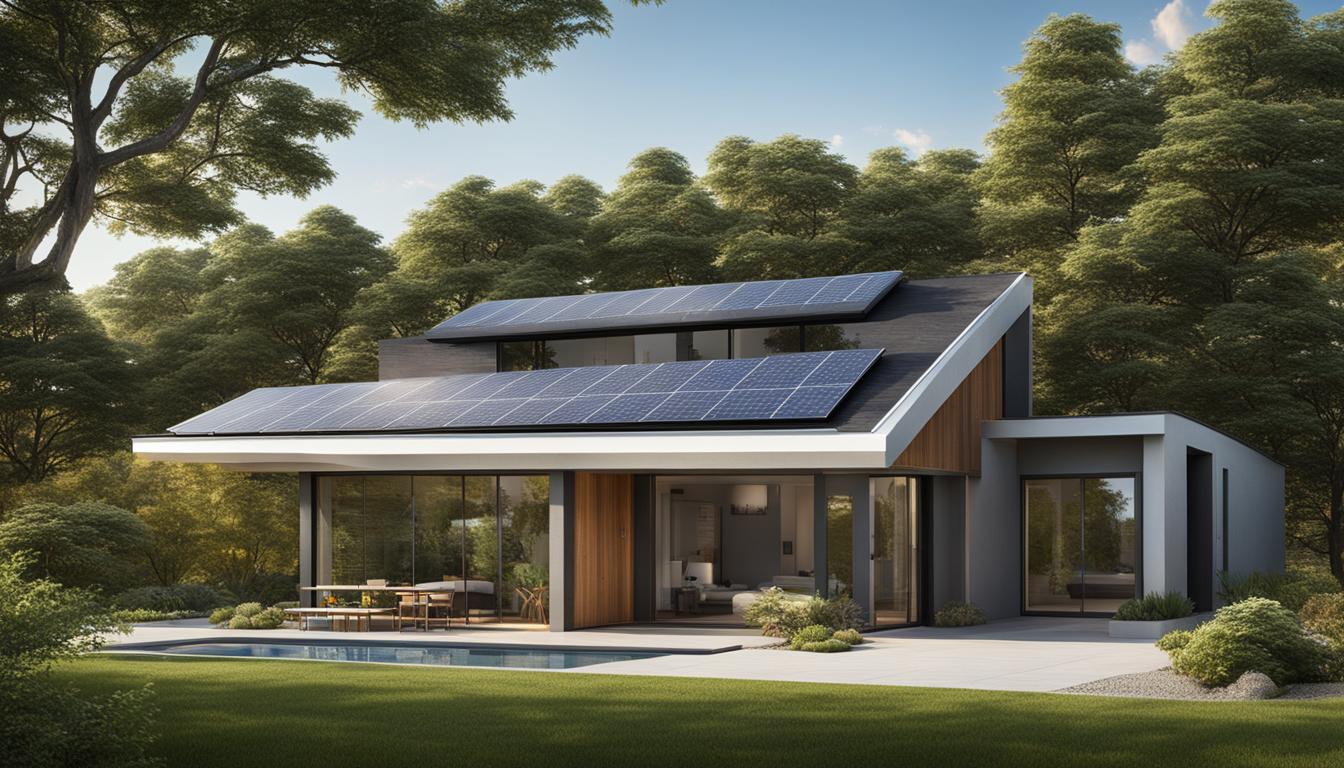
How Long Do Solar Panels Take To Pay for Themselves?

Evelyn Sullivan
Posted 9/23/2023
This is the world that more and more homeowners are stepping into as they embrace solar energy. And one of the key questions on their minds is, "How long will it take for solar panels to pay for themselves?"
It's a question that holds the promise of financial freedom, environmental responsibility, and a brighter future. A future where you can harness the power of the sun to not only meet your energy needs but also save money in the long run.
Understanding Solar Breakeven
When considering investing in solar panels, it's important to have a clear understanding of solar breakeven. This concept refers to the point at which the savings accumulated from using solar energy equal or surpass the initial investment in purchasing and installing the solar panels.
By comprehending solar breakeven, you gain insight into the financial aspect of investing in solar panels. It allows you to determine the timeframe it takes to recover your initial investment and start enjoying the benefits of solar energy.
In simple terms, solar breakeven signifies the moment when the cost of conventional electricity from the grid is equivalent to the cumulative savings generated by using solar power. Once you reach this breakeven point, you effectively eliminate or significantly reduce your dependence on traditional energy sources, leading to substantial long-term savings.
During the period leading up to solar breakeven, you may continue to pay for both solar panel installation and traditional electricity. However, as the savings from solar energy gradually accumulate, you'll gradually offset these costs. Eventually, the moment of breakeven arrives, and you begin to experience significant financial relief.
To illustrate this concept further, let's consider an example: a homeowner installs solar panels and has an estimated solar breakeven period of seven years. Within these seven years, the homeowner will continue to pay for the solar panel installation, their energy consumption from the grid, and their solar energy generation and maintenance. However, as time goes on, the savings accumulated from using solar power will contribute to offsetting these costs. Once the seventh year is reached, the savings from solar energy will have matched the initial investment, and from there on, the homeowner will enjoy reduced or even eliminated energy bills.
To help you visualize the concept of solar breakeven, take a look at the video below:
Now that you have a better understanding of solar breakeven, you can make more informed decisions regarding your investment in solar panels. In the next section, we will explore the various factors that can affect the timeframe it takes for solar panels to pay for themselves.
Factors Affecting Solar Breakeven Time
When considering the time it takes for solar panels to pay for themselves, it's essential to understand the various factors that can influence this breakeven period. These factors encompass the size and efficiency of the solar panels, as well as your energy consumption patterns.
Firstly, the size of the solar panels is a significant determinant of how long it will take to recover your initial investment. Larger panels generally generate more electricity, allowing you to offset a higher portion of your energy consumption. This results in a shorter breakeven period compared to smaller panels.
The efficiency of the solar panels also plays a crucial role in the time it takes to reach breakeven. Higher efficiency panels convert more sunlight into electricity, maximizing the energy output and reducing the payback period. So, investing in efficient panels can shorten the time it takes for your solar system to start paying for itself.
Another factor worth considering is your energy consumption patterns. Your daily energy usage determines the amount of electricity your solar panels need to generate in order to cover your needs. If you have higher energy demands, it may take longer to reach breakeven. However, implementing energy-saving strategies such as using energy-efficient appliances or adopting better energy management practices can help accelerate the payback period.
Investing in solar energy is a smart choice for those looking for long-term savings and a positive impact on their energy bills. Throughout this article, we have explored the concept of solar breakeven and the typical time it takes for solar panels to pay for themselves.
By understanding solar breakeven, individuals can make informed decisions about their energy choices and the financial benefits of going solar. The breakeven period depends on various factors such as the size and efficiency of the solar panels, as well as the energy consumption patterns of the household.
However, once solar panels have paid for themselves, homeowners can enjoy years of free, clean energy. The savings that come from reduced energy bills can accumulate over time, allowing for a significant return on investment. Moreover, with the advancement of technology, solar panels have become more efficient and affordable, making it an increasingly viable option for many.
In conclusion, investing in solar panels not only helps save money in the long run but also contributes to a more sustainable future. By harnessing the power of the sun, individuals can reduce their reliance on traditional energy sources and play a part in combating climate change. So, why wait? Start considering solar energy today and enjoy the benefits for years to come.
